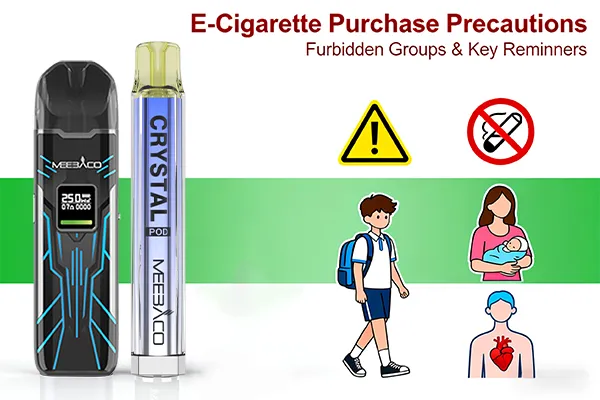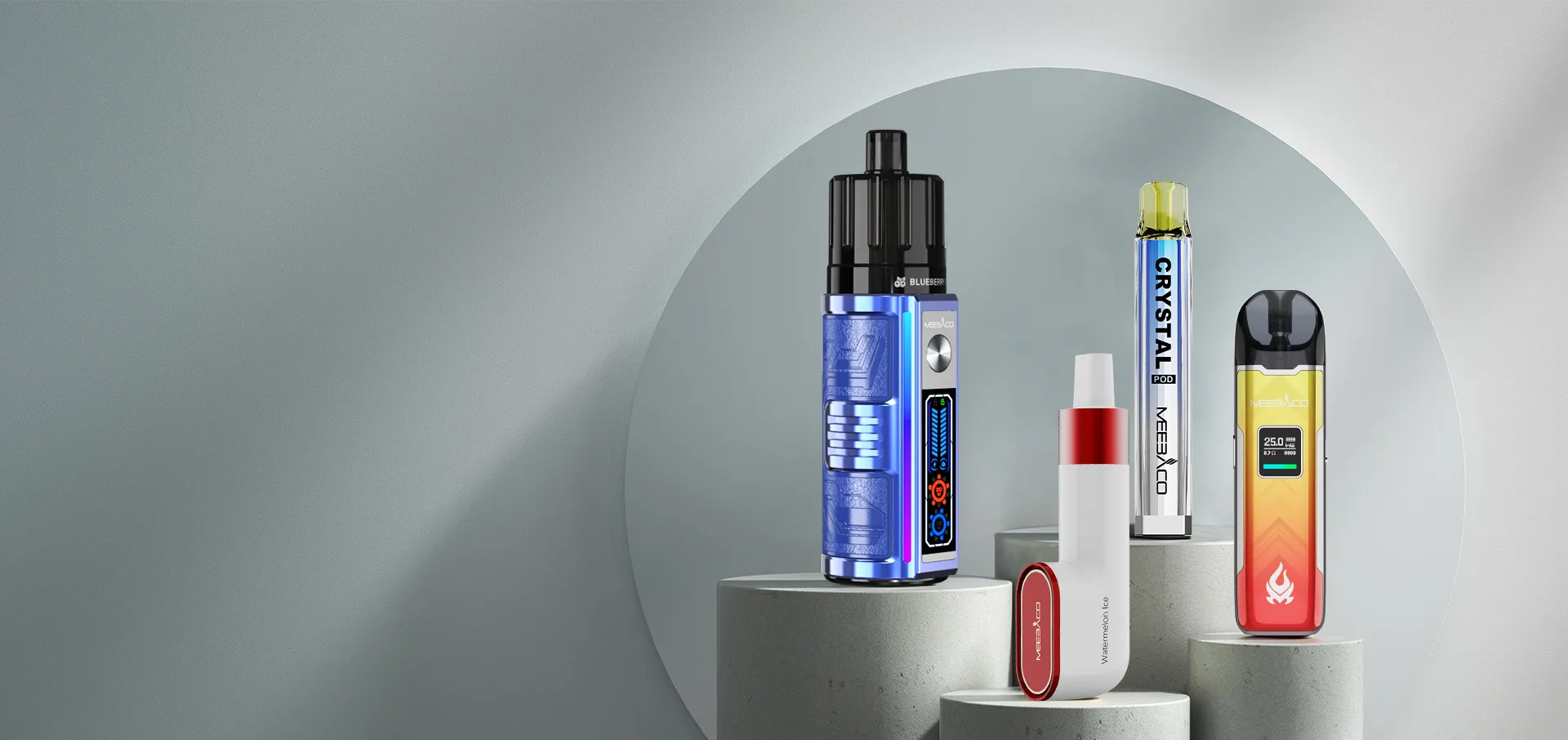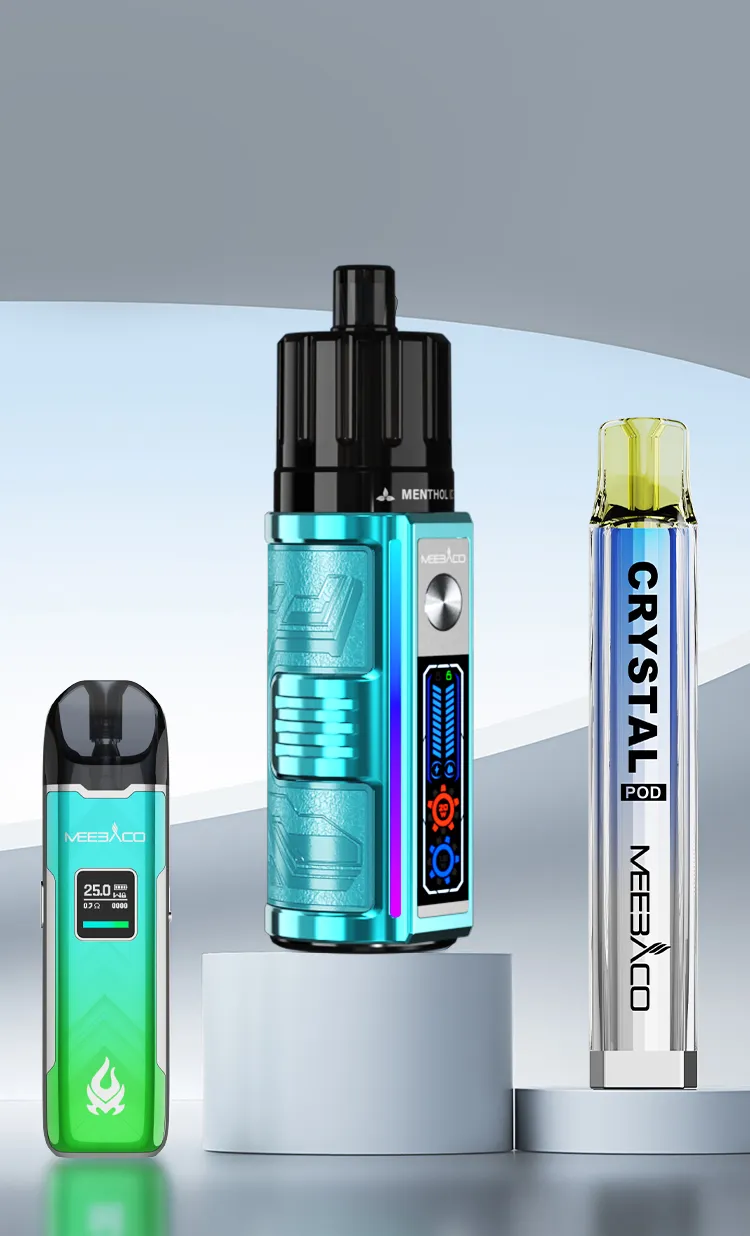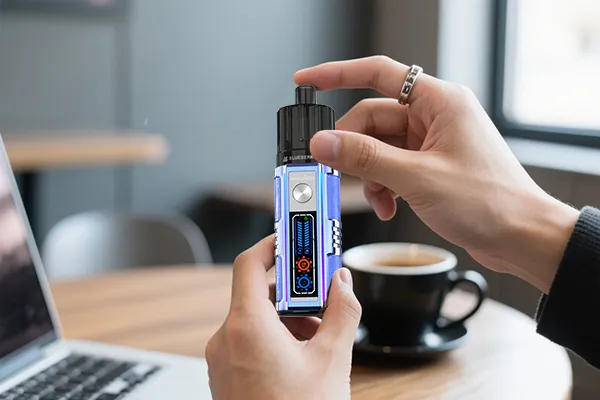You can master the latest information, new product , exhibition, promotion, etc
With the growing popularity of e-cigarettes, many people consider them as an alternative to traditional cigarettes or a "fashionable" product. However, e-cigarettes are not suitable for everyone, and some groups must avoid using them entirely. Before you start browsing e-cigarette products, it’s crucial to clarify these taboos to protect your health and avoid unnecessary risks.
1. Groups That Absolutely Cannot Use E-Cigarettes
Understanding who should stay away from e-cigarettes is the first step in safe purchase. The following groups have clear health risks associated with e-cigarette use, and any attempt to use them is strongly discouraged.
1.1 Minors and Adolescents
Minors and adolescents are in a critical stage of physical and brain development. E-cigarettes contain nicotine, which can damage their developing brains, affect memory, attention, and cognitive abilities. Additionally, nicotine exposure at a young age increases the risk of developing addiction to nicotine products later in life, making it harder to quit in the future. Most countries and regions have strict laws prohibiting the sale of e-cigarettes to minors, and violating this rule may lead to legal consequences.
1.2 Pregnant and Lactating Women
Pregnant women who use e-cigarettes expose their unborn babies to nicotine and other harmful substances in e-cigarette aerosols. Nicotine can restrict blood flow to the placenta, reducing oxygen and nutrient supply to the fetus, which may cause low birth weight, premature birth, or even birth defects. For lactating women, nicotine and toxic chemicals can enter breast milk and be passed to infants, affecting their growth and development, especially the development of the nervous system.
1.3 People with Respiratory Diseases
Individuals with existing respiratory conditions such as asthma, chronic obstructive pulmonary disease (COPD), or bronchitis should never use e-cigarettes. The aerosols produced by e-cigarettes contain particles, propylene glycol, and flavoring agents that can irritate the respiratory tract, trigger asthma attacks, worsen coughs, wheezing, and shortness of breath, and even accelerate the progression of chronic respiratory diseases.
1.4 People Allergic to Nicotine or E-Cigarette Ingredients
Some people may be allergic to nicotine, propylene glycol, vegetable glycerin, or artificial flavorings in e-cigarettes. Using e-cigarettes can cause allergic reactions such as skin rashes, itching, swelling of the throat, difficulty breathing, or even anaphylactic shock—a life-threatening condition. If you have a history of allergies to similar substances, you should avoid e-cigarettes entirely.

2. Essential Precautions for Buying E-Cigarettes
If you are not in the above forbidden groups and still plan to buy an e-cigarette, the following precautions can help you reduce risks and make more informed choices.
2.1 Choose Regular, Certified Brands
Avoid buying cheap, unbranded e-cigarettes from unknown sources (such as street vendors or unregistered online stores). These products may have untested ingredients, leaky batteries, or substandard heating elements, which can cause battery explosions, lead poisoning, or exposure to excessive harmful substances. Opt for brands that have passed international certifications (such as CE, FCC, or RoHS) and provide clear ingredient lists and production information.
2.2 Check the Ingredient List Carefully
Before purchasing, ask the seller for the full ingredient list of the e-cigarette liquid (e-juice). Avoid products that contain unknown additives, heavy metals (such as lead, mercury), or harmful flavorings (such as diacetyl, which can cause "popcorn lung"). Choose e-juices with simple, transparent ingredients, and if possible, select nicotine-free options if you do not need nicotine.
2.3 Pay Attention to Battery Safety
Battery-related accidents (such as explosions or overheating) are common risks of e-cigarettes. When buying, check if the e-cigarette has a built-in battery protection mechanism (such as overcharge, over-discharge, or short-circuit protection). Do not use third-party batteries that do not match the e-cigarette model, and avoid charging the device with non-original chargers to prevent electrical hazards.
2.4 Understand Local Laws and Regulations
E-cigarette regulations vary by country and region. Before buying, confirm the local laws—for example, some countries ban the import of e-cigarettes, while others restrict the sale of nicotine-containing e-juices. Violating these regulations may result in confiscation of products, fines, or other legal penalties. You can check the official website of local customs or health departments for the latest rules.
E-cigarettes are not a "harmless" product, and their use is strictly prohibited for specific groups. Before buying an e-cigarette, you must first confirm that you are not in the forbidden groups mentioned above. For those eligible to use e-cigarettes, choosing regular vape brands, checking ingredients, and following safety guidelines are essential to minimize health and safety risks. Remember, health should always be the top priority—if you have any doubts about e-cigarette use, consult a doctor or professional health advisor first.









